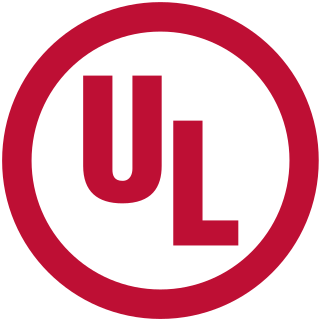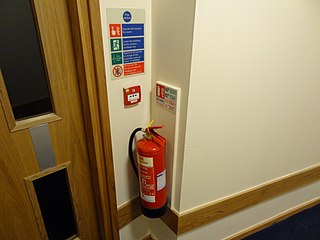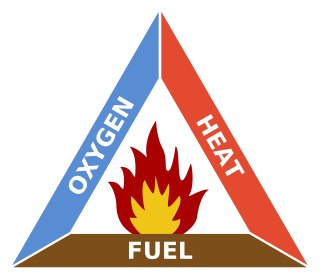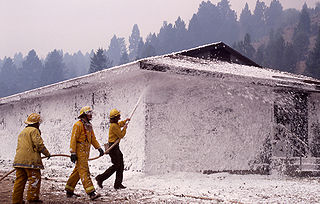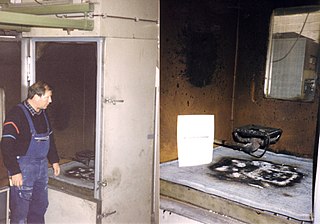This article does not cite any sources .(May 2016) (Learn how and when to remove this template message) |
Commonly referred to as "Fast Flow" or "High Performance" extinguishers. Available in 13.2 lb (6.0 kg)., 20 lb (9.1 kg)., and 30 lb (14 kg). capacities and contain ABC Dry Chemical, Purple-K, or sodium bicarbonate. They are currently manufactured by Ansul in cartridge-operated form, along with Amerex, Badger and Buckeye stored pressure design.
Purple-K, also known as PKP, is a dry-chemical fire suppression agent used in some dry chemical fire extinguishers. It is the second most effective dry chemical in fighting class B fires after Monnex, and can be used against some energized electrical equipment fires. It has about 4–5 times more effectiveness against class B fires than carbon dioxide, and more than twice that of sodium bicarbonate. Some fire extinguishers are capable of operation in temperatures down to −54 °C or up to +49 °C. Dry chemical works by directly inhibiting the chemical chain reaction which forms one of the four sides of the fire tetrahedron. To a much smaller degree it also has a smothering effect by excluding oxygen from the fire. "Dry chemical" extinguishers, such as Purple-K, are different from "dry powder" extinguishers that are used to fight Class D flammable metal fires.

Sodium bicarbonate (IUPAC name: sodium hydrogen carbonate), commonly known as baking soda, is a chemical compound with the formula NaHCO3. It is a salt composed of a sodium cation (Na+) and a bicarbonate anion (HCO3−). Sodium bicarbonate is a white solid that is crystalline, but often appears as a fine powder. It has a slightly salty, alkaline taste resembling that of washing soda (sodium carbonate). The natural mineral form is nahcolite. It is a component of the mineral natron and is found dissolved in many mineral springs.

Ansul is a corporation headquartered in Marinette, Wisconsin that manufactures fire suppression systems, extinguishers, and offers fire training. Ansul’s initial activities included production of cattle feed, refrigerants and selected specialty chemicals. The name Ansul comes from ANhydrous SULfur dioxide (SO2), which was sold to die works and fruit preservers, and later as a refrigerant. Production of fire suppression chemicals began in 1934. Virginia Chemicals, Inc. (now part of Celanese Corporation) acquired the Refrigeration and Air Conditioning Products Division of The Ansul Company in 1967, and by 1983 Ansul had discontinued all other production at the facility in Marinette. The US government is a major customer for Ansul.
